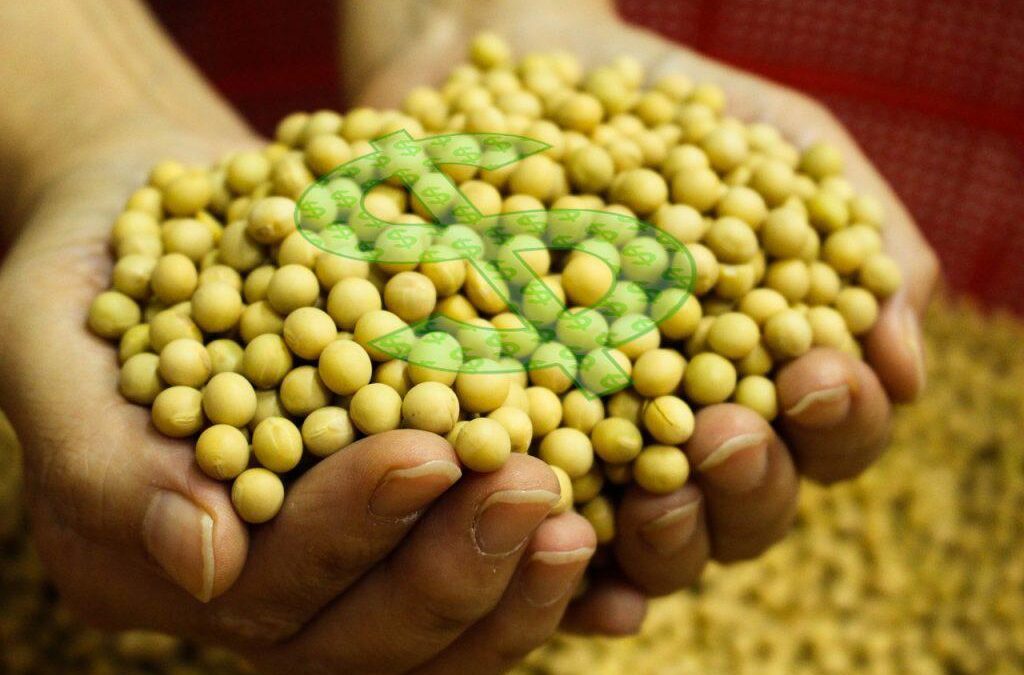The 2022/23 Brazilian harvest was expected to be the most expensive in history. Judging by the money that producers had to spend last year to set up their crops, the promise was fulfilled. However, as the months went by, input prices dropped after reaching their peak. Soybeans were no different.
According to the monthly survey of production costs by the Mato Grosso Institute of Agricultural Economics (Imea), the estimate is that seeds and fertilizers will fall in the 2023/24 cycle. Thus, fertilizer, which cost an average of R$2,417.29 per hectare last December, is likely to be purchased at R$1,964.58/ha in the same month this year, a drop of 18.7%. With seeds, the projected decrease is slightly more modest: 15%, from R$783.46 to R$665.49 per hectare. With these reductions, the cost of the harvest tends to be 4.8% lower. However, the difference is no longer significant due to inputs that may increase, such as pesticides, including herbicides, insecticides, fungicides and adjuvants. In these, the expected increase is 19.2%. In addition, labor is another component with an expected increase, indicated at 40.4%.
Total operational cost of soybeans
IMEA plans all operational costs related to the production, management, processing and transportation of soybeans. Thus, the expected increase between the 2022/23 and 2023/24 harvests – taking December as a reference – is 3%. This means that soybean farmers in Mato Grosso, who had costs of R$6,557.27, will have to pay R$6,756.04 per hectare.
In this regard, the biggest expense for producers is leasing, which has increased by 16.9% between one year and the next. Thus, it goes from R$301.41 to R$352.50 per hectare.
It is important to note that these prices refer to genetically modified soybeans and do not include opportunity costs, such as working capital and improvements. With these ingredients in mind, the increase is 5%. This means costs of R$8,010.71 per hectare worked. Producers must pay attention to costs
In an interview with Canal Rural Mato Grosso, Imea superintendent Cleiton Gauer stressed that it is important for soybean producers to monitor the production costs of the grain in order to “guide negotiations and adapt risk management”.
In addition, the exchange rate is another point to be analyzed, “especially at this time when fertilizers have been falling in relation to last year”. According to Gauer, this allows farmers to assess when they can commit to less soybeans in order to buy the same amount of inputs as last year.
Source: Canal Rural

